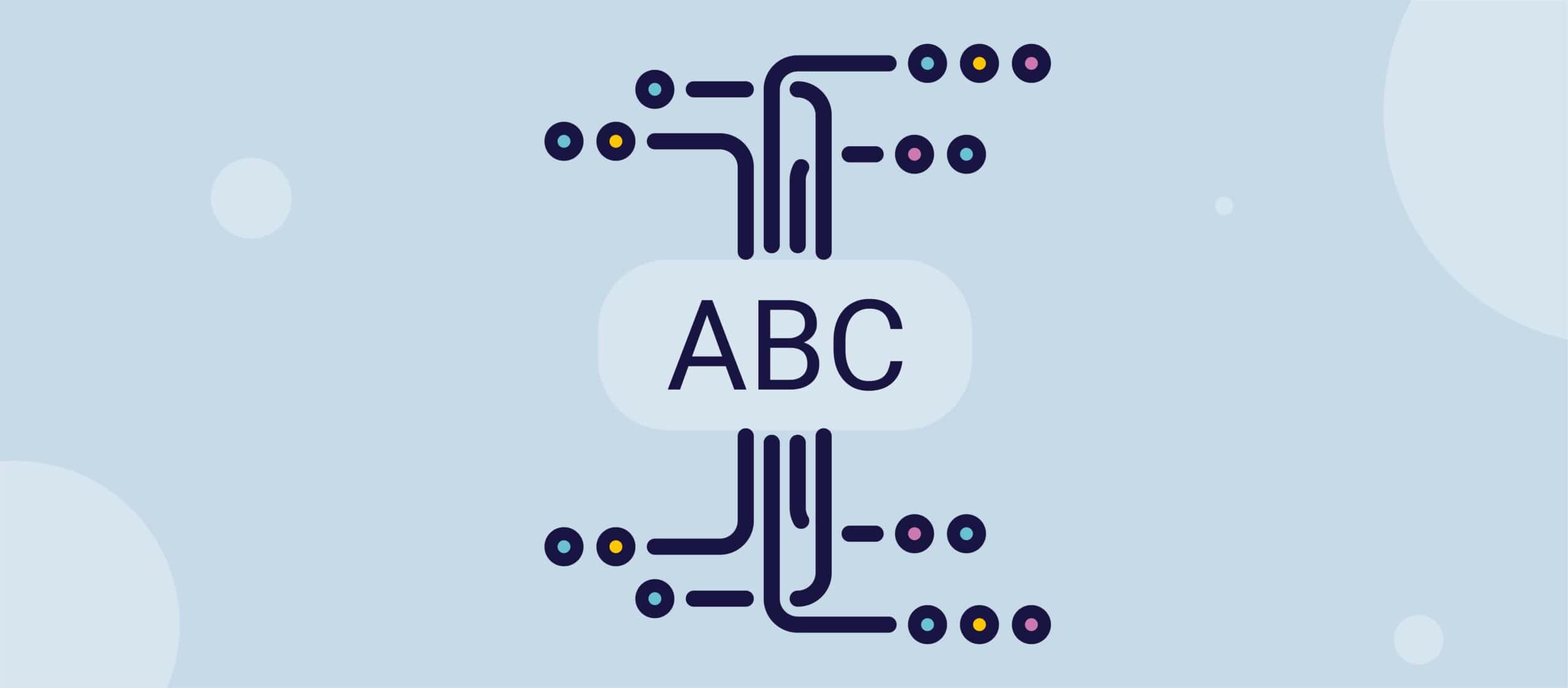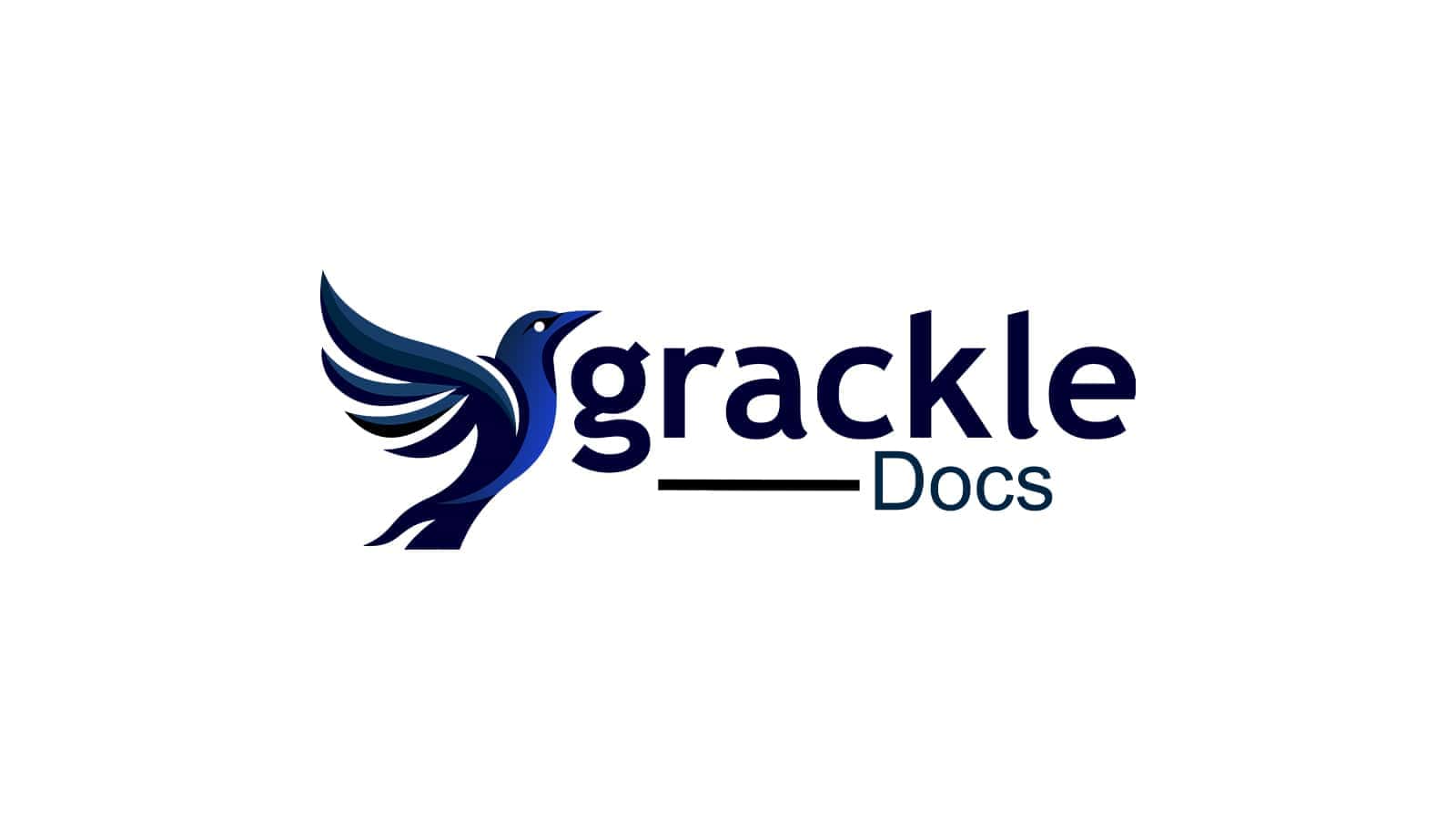For many web developers, choosing fonts for their sites comes down to aesthetics. However, for people with dyslexia, the choice of font can determine whether text on a page can or cannot be read.
There are two font families, serif and sans serif. For example, Times New Roman is a serif font, and Arial is a sans-serif font. Serif fonts have small serifs or tails on the letters. For a dyslexic user, the presence of serifs on letters can result in words becoming a visually confusing mess. Sans-serif fonts are, as the name suggests, lacking serifs. Sans-serif fonts are a lot less confusing and easy for a dyslexic person to read. The best sans-serif fonts to use are Verdana, Helvetica, or Arial. Cursive fonts, as well as italics for both serif and sans-serif fonts, are among the hardest for those with dyslexia to read. Cursive fonts are popular from a design point of view; however, they are a very inaccessible choice of font.
OpenDyslexic is an open-source font which weights letters in such a way that similar letters cannot be confused with each other. Commonly encountered reading problems like letter hopping and line skipping can still occur with OpenDyslexic. It is a font which takes some time to get used to, and as with everything, it isn’t a fit for everyone. For those who choose to use OpenDyslexic, it can be often a valuable tool. As someone who reads books every night, having the option to use OpenDyslexic on my Kindle app has meant I’m not re-reading sections I missed or reading things incorrectly. Unfortunately, using it on my computer for browsers has not been as smooth a process, as many websites do not function well with the add-on.

